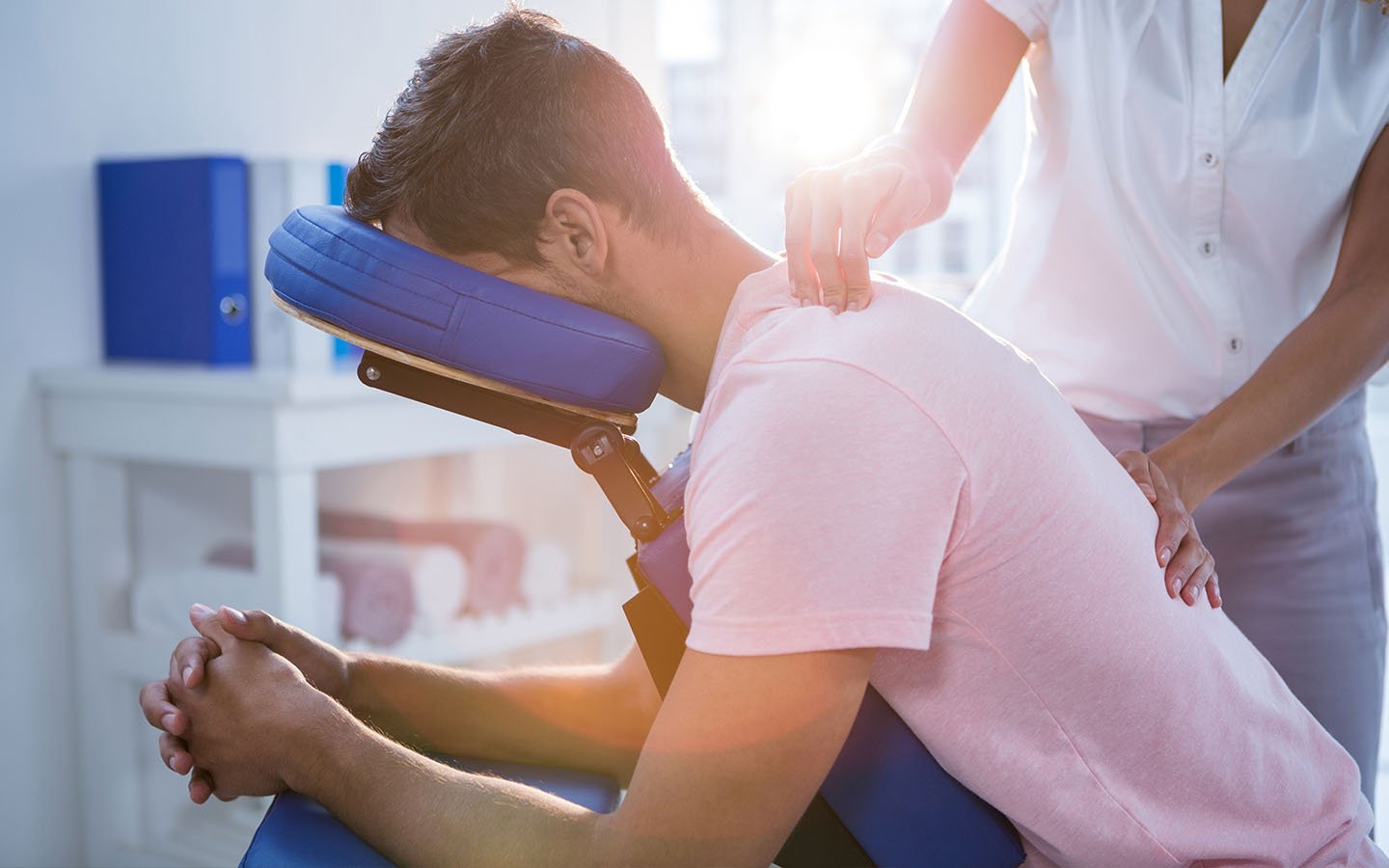
Trigger point therapy, often referred to as myofascial release or pressure point massage, involves the application of gentle yet firm pressure to specific areas along the body, known as pressure or trigger points. This pressure is provided by the hands of a skilled physical therapist trained in pressure point release. Sometimes, a therapist may choose to use certain devices or tools to assist with force application.
The manual pressure provided by a therapist during trigger point therapy is intended to relax and normalize trigger points within the fascia, a widespread, sheath-like, fibrous tissue encasing your musculoskeletal structures. Fascia, which is normally pliant and flexible, is important for protecting muscles, tendons, ligaments, bones, and nerves and helps them move together in a coordinated way. However, when stress, injury, poor posture, repetitive movement, or poor nutrition or hydration is imposed on the body, the fascia can become inelastic and stiff. This restricts the normal movement of the connective tissues beneath, leading to pain, immobility, and even an increased risk of injury.
To this end, trigger point therapy is intended to “release” the tension and stress in the fascia and other structures within targeted treatment areas, thus restoring normal movement, relieving pain, and reducing your risk of further tissue damage.
You probably know what a knot feels like: an area that feels uncomfortable, stiff, dense, and maybe even tender. Indeed, “knots” are essentially synonymous with trigger points, although they may not always be overtly obvious or noticeable.
Trigger points can happen anywhere in the body and are especially common in the shoulders, back, and hips. As mentioned, the connective tissue within these areas exhibit increased tension and stiffness, often as a result of stress, illness, or injury. Muscle fibers may tense up in spasms and there may be a decrease in oxygenated blood or lymphatic flow to the area, as well, all of which can contribute to localized stiffness and discomfort.
Interestingly, trigger point pain can often be referred from other parts of the body. A buildup of scar tissue or a joint misalignment, for instance, may lead to pain or spasm in a nearby muscle. This is one of the reasons why it’s so important to consult with a therapist if you’re struggling with pressure point pain, since there may be more to the symptoms than meets the eye.